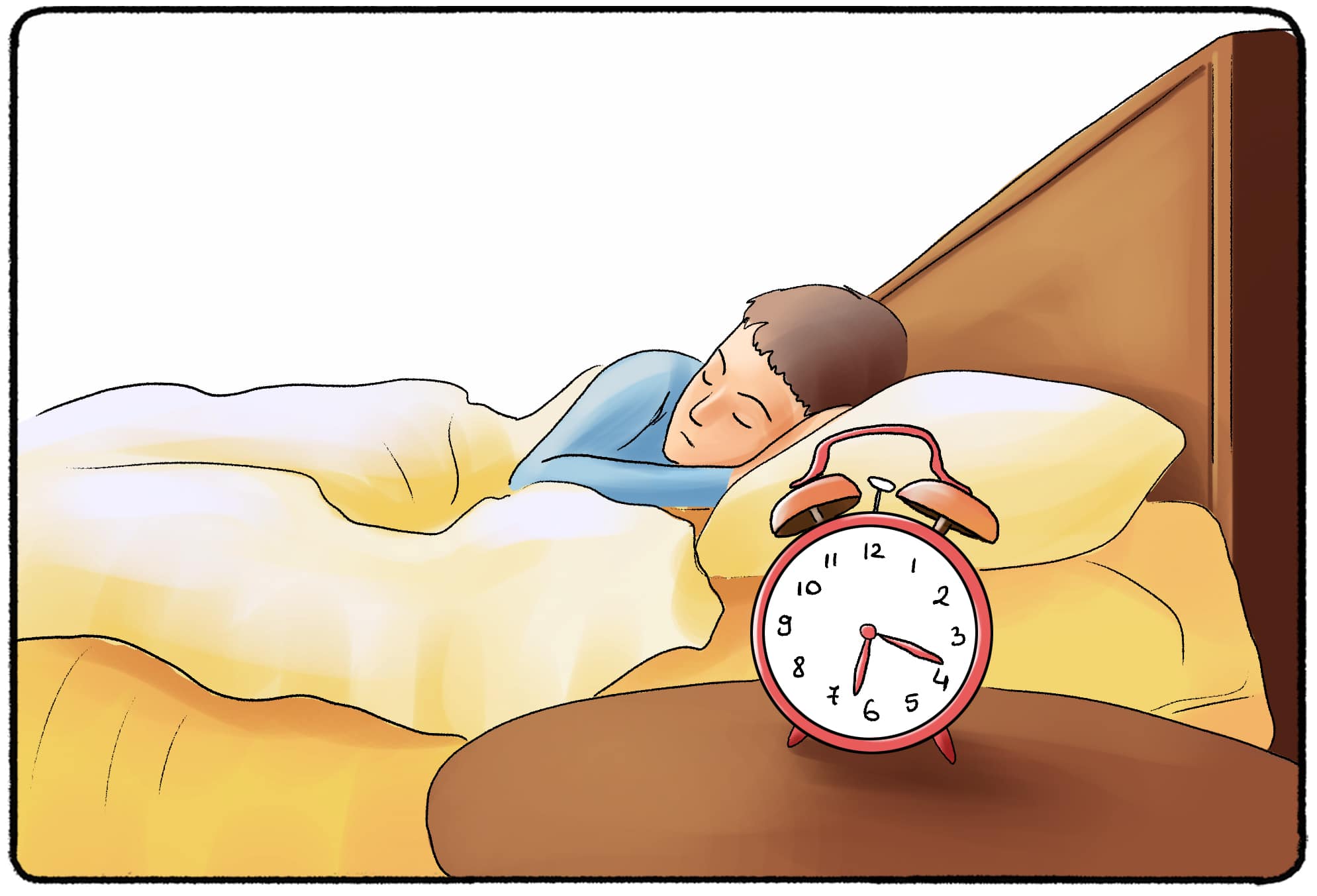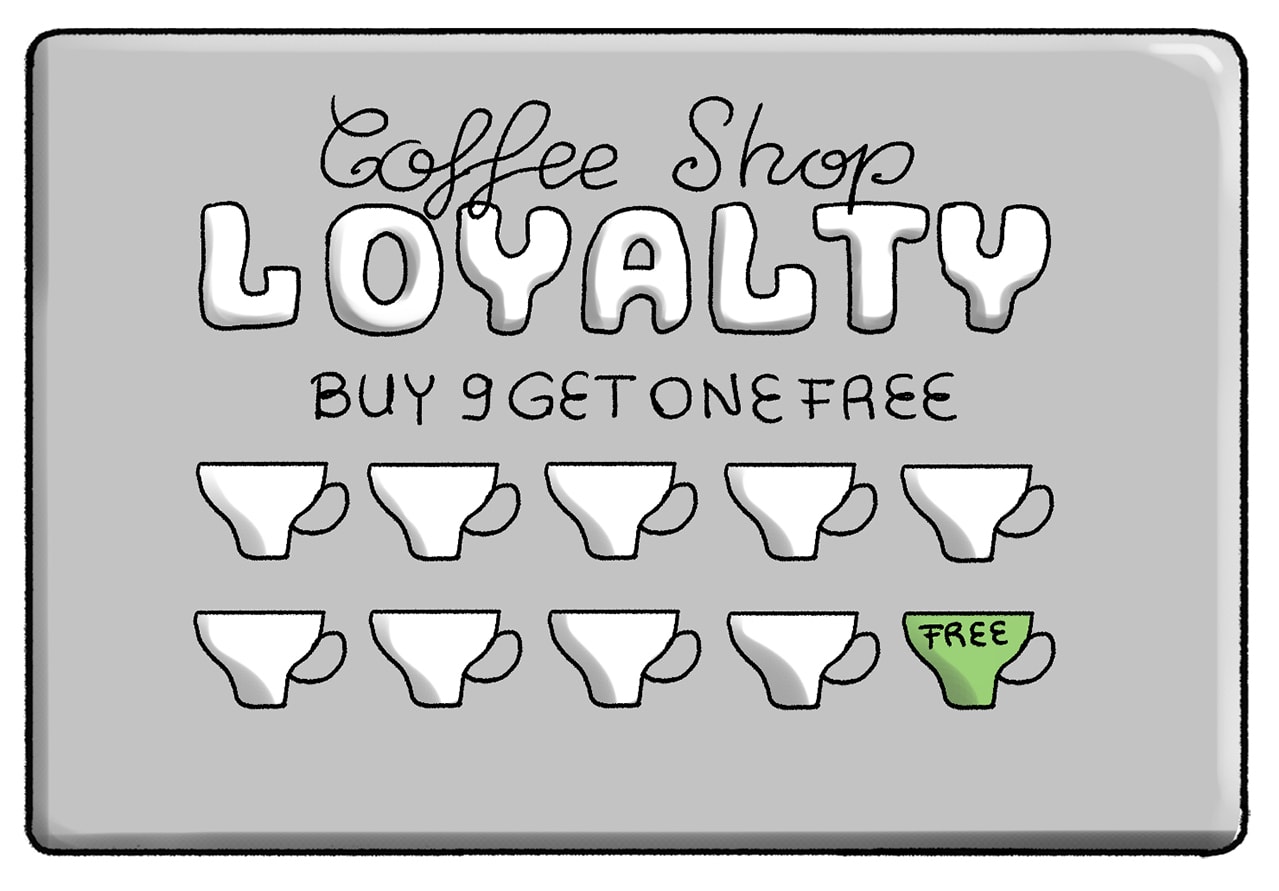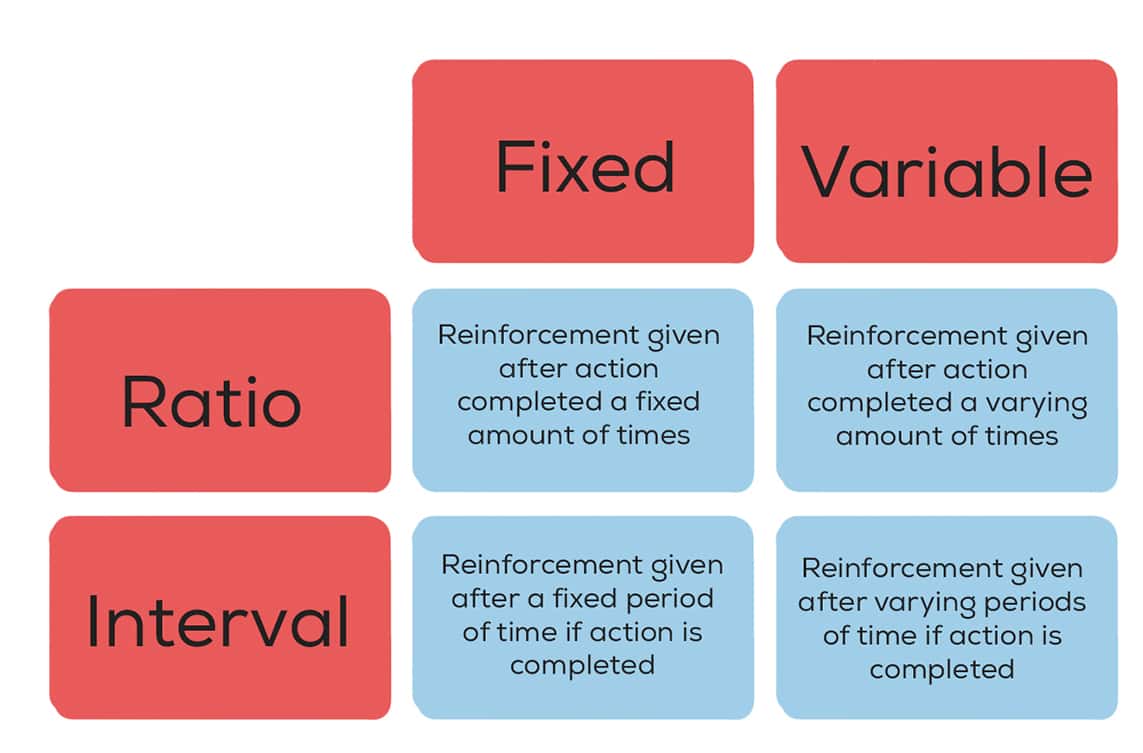On some farms, workers are paid a certain amount of dollars for every basket they fill with fruit, vegetables, or flowers. If a farmworker fills one basket, they receive $20. If they fill ten baskets, that number jumps to $200. Every day, they leave with some money - but that amount depends on how much work they do.
On other farms, workers are paid a salary. Every two weeks, so long as the workers show up for their shifts, they receive the same paycheck. It doesn’t matter how much was done within the workday - they just had to put in the right amount of hours. The farmworker knows how much they will take home every two weeks.
Whether or not you worked on a farm, these approaches may sound familiar. Plenty of jobs use a similar system for paying their employees. For some, this is just “the way things are done” or a seemingly intuitive approach for encouraging people to show up to work. For psychologists, this is operant conditioning at work. Employers want to encourage their employees to show up to work or pick a certain amount of fruit, so they reward (or reinforce) this behavior with money.
What is the best way to encourage workers, children, and pets? That’s the question that psychologists like B.F. Skinner was determined to answer. Along the way, he identified fixed ratio reinforcement - a system of rewarding behavior still commonly used today.
What is Fixed Ratio Reinforcement?
Fixed-ratio reinforcement is a schedule wherein reinforcement is provided to a subject after a predetermined number of responses. It is one of four partial reinforcement schedules delineated by B.F. Skinner is a pioneering figure in behaviorism and the primary architect of operant conditioning.
B.F. Skinner's contributions to psychology cannot be overstated. A staunch advocate of the behaviorist approach, he proposed that behaviors could be shaped, modified, and maintained through a system of reinforcements and punishments. His research laid the groundwork for many educational, therapeutic, and training programs, emphasizing observable behaviors rather than internal mental states.
While behaviorism was psychology's predominant school of thought during the early to mid-20th century, it has since been complemented and, in some areas, replaced by cognitive and neuroscientific perspectives. However, the principles of operant conditioning and schedules like fixed-ratio reinforcement, originally posited by Skinner, remain prevalent in various domains of our daily life.
What Is Operant Conditioning?
Operant conditioning is a learning method that employs rewards and punishments to modify behavior. In contrast to classical conditioning, which involves associating an involuntary response and a stimulus, operant conditioning is about associating a voluntary behavior and a consequence. While classical conditioning might link a neutral stimulus (like a bell) with an unconditioned stimulus (like food) to produce a response (salivating), operant conditioning rewards or punishes a voluntary action to increase or decrease its occurrence.
In the realm of operant conditioning, not all reinforcements are created equal. The nature of the reinforcement and the schedule on which it's delivered play crucial roles in determining the effectiveness of the behavioral modification. Understanding concepts like fixed-ratio reinforcement, among other reinforcement schedules, allows one to make informed decisions about fostering behavioral changes or cementing habits, benefiting oneself and others.
Basic Terms in Operant Conditioning
The “subject” is the person who is performing the behavior. Reinforcements can be positive or negative, but both types aim to increase the likelihood of a particular behavior. While positive reinforcements add something desirable to encourage a behavior, negative reinforcements remove an undesirable stimulus to achieve the same goal.
Positive reinforcements are something like a paycheck - the subject is given money to encourage them to come to work. Negative reinforcement removes a stimulus that encourages the subject to behave a certain way.
For example, you may set an alarm in the morning to encourage you to wake up. If you put that alarm clock on the other side of the room, you must get up to turn off the alarm. Removing the blaring alarm will encourage you to wake up in the mornings.

Fixed Ratio Reinforcement vs. Continuous Reinforcement
When you set an alarm every morning to wake up, you're essentially expecting a consequence (the sound of the alarm) after a specific action (going to sleep). In this context, if the alarm sounds every single time you go to sleep, it represents a continuous reinforcement schedule. This means the reinforcement follows every instance of the behavior. While effective, continuous reinforcement isn't always feasible in many situations. For instance, if a coffee shop gave a free coffee for every coffee purchased, the business model would quickly become unsustainable.
In contrast, a fixed-ratio reinforcement schedule, which falls under the umbrella of partial reinforcement schedules, doesn't provide a reward for every single instance of a behavior. Instead, it provides reinforcement after the behavior has been performed a predetermined number of times. For example, giving a free coffee for every ten coffees purchased.
Examples of Fixed Ratio Reinforcement
Think back to the two examples I shared earlier. Which version of paying farmworkers is an example of a fixed-ratio reinforcement schedule? You're right if you guessed the first example, where workers are paid per basket! The response that employers are encouraging is picking fruits. Once the “subject” has performed the response enough times to fill up a basket, they receive their reinforcement.
Rewards Cards
Let’s look at another example of a fixed-ratio reinforcement schedule. When did you last use a reward card at a coffee shop or a retail store? These rewards cards might offer a deal like, “Buy nine coffees, get one free,” or “get $5 in rewards after you have spent $25.” You can perform this behavior (spending money or buying specific products) at any time, but once you have done it a certain number of times, you get your reward.

Dessert For Packing Lunch
You are forcing yourself to pack your lunch daily instead of buying food at the nearby restaurant. To stick to this habit, you set up a reward system for yourself. You add a big chocolate bar as a reward for every fifth lunch you pack.
Mileage Club
Did your school have this program? The Mileage Club encourages students, usually in elementary school, to get active. Each school may run its program differently based on its playground and athletic equipment, but most offer one “toe token” for every mile a child walks. As the children collect toe tokens, they can trade them for larger tokens and prizes.
When positive reinforcement is viewed as currency or a badge of honor, children may be more motivated to complete certain behaviors and earn the reinforcements. Fixed ratio reinforcement may not work as effectively if the reinforcement isn’t motivating.
Other Schedules of Reinforcement
While listening to that last example, you might think of an alternative way to reinforce your behavior. You might put yourself on a different schedule: for example, if you packed your lunch three times that week, you get the big chocolate bar on Friday. This is an intuitive way of reinforcing this behavior, but it’s not on a fixed-ratio reinforcement schedule. Instead, this is a fixed-variable reinforcement schedule.
In addition to a fixed-ratio reinforcement schedule, psychologists have identified Fixed Interval, Variable Interval, and Variable Ratio schedules. Below are quick examples of each type of schedule, but you can also find more information about these options on our site!

Example of Fixed Interval Reinforcement
Fixed interval reinforcement is distributed after a fixed amount of time. Paychecks are often considered the most common form of fixed interval reinforcement. Another example of this schedule is administering allowance to a child if they clean their room by Saturday. They only need to clean their room once. If they choose to do it Monday or Friday, it doesn’t matter. Once the room has been cleaned that week, they receive the reinforcement.
Example of Variable Interval Reinforcement
Variable interval reinforcement differs slightly from fixed interval reinforcement in that random amounts of time pass before the behavior is considered and the reinforcement administered. Variable interval reinforcement involves delivering reinforcement after unpredictable time intervals. Health inspections and pop quizzes are two common real-world examples because individuals or establishments don't know exactly when they will occur, making their timing variable and unpredictable.
Example of Variable Ratio Reinforcement
Like fixed ratio reinforcement, variable ratio reinforcement provides rewards after a certain number of behaviors have been executed. However, what differentiates variable ratio reinforcement is the unpredictability of when the reward will be given. The required behaviors can vary each time before a reinforcement is presented. This unpredictability often leads to a high response rate, as subjects are motivated by the uncertainty of when they'll receive the next reward. Slot machines are a quintessential example of variable ratio reinforcement. A player might need just one, twelve, or even 1,000 pulls of the lever before hitting the jackpot, and this unpredictable nature keeps them engaged and persistently trying.
How To Use Fixed Ratio Reinforcement To Motivate…
…Your Kids
Set up a chore chart and have your kids “race” to their reinforcements. A simple grid with a list of chores on the left side of the chart gives kids an easy way to mark when they’ve completed their tasks. (Many parents use stickers as a mess-free way to fill in the chart!) Once the child has added five or 10 stickers to their chart, administer their reinforcement!
…Your Customers
Rewards cards are great ways to remind customers to return and make another purchase. They don’t have to follow the same “buy nine, get one free” format. Maybe it makes more sense to give $5 back to every customer that spends $50. Or, after six months of making monthly donations to your organization, you give donors a free t-shirt. Whatever you choose, be sure to promote it to your customer base. They won't be encouraged to keep spending if they don’t know the promotion is available!
…Your Pets
Pets can benefit from fixed ratio reinforcement, but not in the same way humans can. Dogs can’t count! Fixed ratio reinforcement may be a good way to hold you accountable for training your dog! Promise yourself to reward your pup with a giant Kong of peanut butter or another indulgent treat every five or so times that they begin to associate the behavior with reinforcement. Don’t worry too much if you don’t give out the treat every five times. Remember, your pets can’t count!
Pets only connect reinforcements with behaviors if given in quick succession, so do not delay when administering reinforcements. Have your treats ready when they perform their tricks!
…Yourself!
Fixed ratio reinforcement is an easy schedule to use on yourself. You know what to do and when to reward yourself. Write yourself a “chore chart” or to-do list with the behavior you want to perform and how you will reinforce that behavior. Will you buy yourself a coffee every other time you empty the dishwasher? Take out on a nice meal after performing 100 cold calls to clients. Give yourself permission to nap after you finish 12 items on your to-do list. Customize your plan for you and get started!
Does Fixed Ratio Reinforcement Work?
How does fixed ratio reinforcement stack up to other types of reinforcement? Psychologists have found that although this schedule does encourage behaviors, there is a lag in motivation once the reinforcement is distributed. Think about it this way. When you’ve only bought one coffee and have eight more to go before buying a free one, you’re probably not rushing to buy another. But if you have just one more coffee to buy before you get a free one, you are likelier to go out of your way and visit that coffee shop.
The effectiveness will also depend on the schedule and reinforcement itself. Getting a free coffee after buying nine seems reasonable, but no one is going to get excited about getting a free coffee after buying forty-nine. Depending on the size of the basket at the farm, farmworkers may be more or less encouraged to fill up their baskets. The reinforcement schedule will be less effective if the reinforcement is not “worth” the effort to perform the behavior.
Understanding and Applying Reinforcement Schedules
Operant conditioning, rooted in the foundational work of B.F. Skinner remains a critical concept in understanding human behavior. Behaviors can be shaped, maintained, or extinguished through reinforcements and punishments. The different reinforcement schedules – fixed-ratio, variable-ratio, or others – provide distinct strategies to achieve desired behavioral outcomes.
Understanding these schedules isn't just an academic exercise; it has real-world implications. From educators aiming to motivate students to businesses wanting to encourage customer loyalty to therapists working on behavior modification, applying the right reinforcement schedule can be the key to success. For instance, the unpredictability of variable-ratio reinforcement can lead to higher engagement rates, as seen in slot machines. In contrast, fixed-ratio reinforcement offers a more predictable structure, rewarding behaviors after a set number of responses.
While behaviorism, as a sole perspective, has been augmented by newer approaches in psychology, the principles of operant conditioning and reinforcement schedules remain as relevant as ever. Grasping these principles allows for a more informed and effective approach to influencing behavior, emphasizing the enduring significance of Skinner's work and the broader realm of behavioral psychology.
